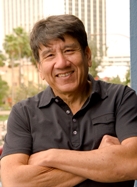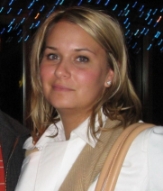
Mr. Jeff M. Poulin
Top 10 in Arts Education 2015
Posted by Jan 06, 2016

Mr. Jeff M. Poulin
Each December, I have the pleasure to reflect alongside colleagues of the Americans for the Arts’ Arts Education Advisory Council about what happened in arts education in America over the course of the previous year. It is truly one of my favorite activities – a chance to celebrate big accomplishments, learn from incidents that were not-so-good, and identify trends which may crop up in our work in 2016.
Last year, as we looked back over 2014, we discussed STEAM, creative youth development, standards, new reports, resources for specific student populations, mayors and more. Some things continued this year, and some things did not – check out the list below!
Read More


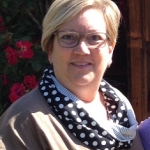




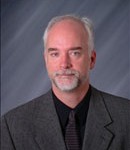 Rob Schultz
Rob Schultz


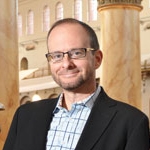


 Rob Schultz
Rob Schultz





